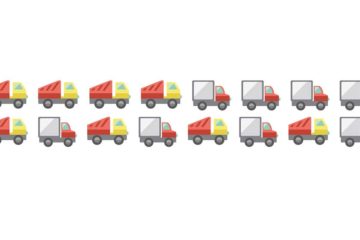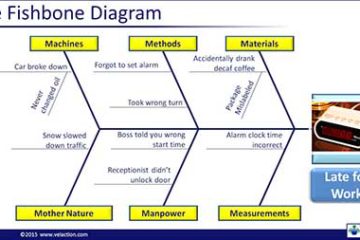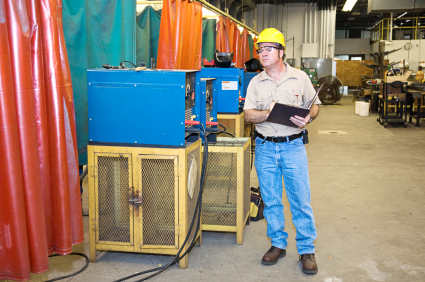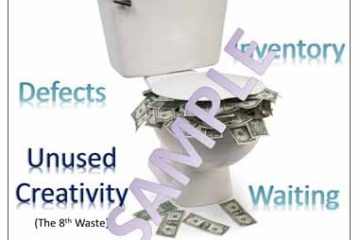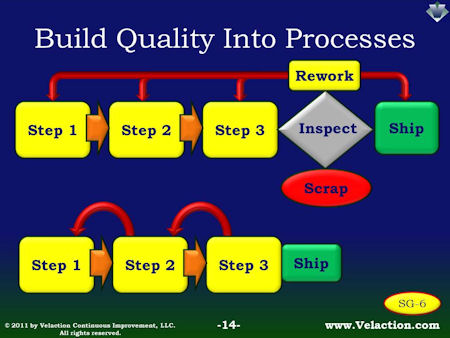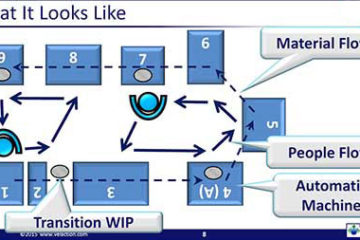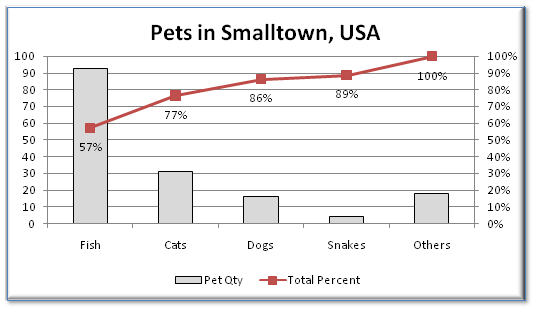Heijunka
Heijunka is the Japanese term for level-loading or production leveling. It is intended to smooth out the peaks and valleys of customer demand into something flatter to create conditions that make standardization easier. It also stabilizes the product mix to support Standard Work. Heijunka, pronounced High-June-Kuh, is a workaround for Read more…
